The Parthenon
1/9
Earn XP
Description and Tags
Name | Mastery | Learn | Test | Matching | Spaced |
|---|
No study sessions yet.
10 Terms
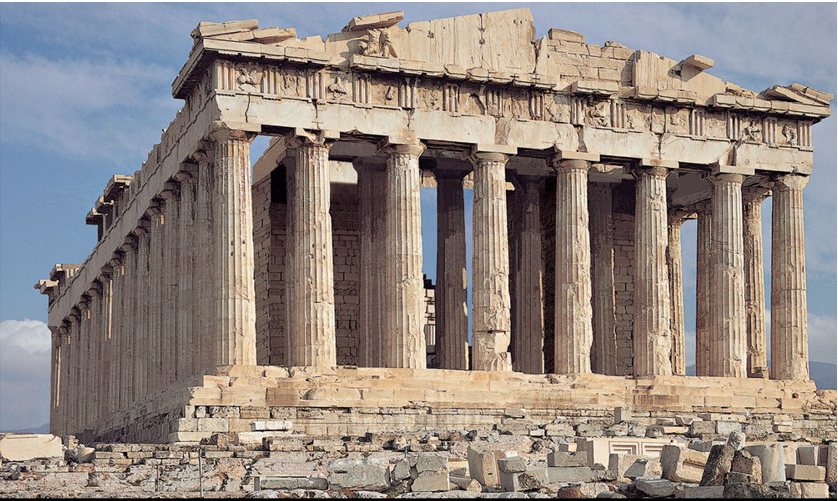
Name
The Parthenon
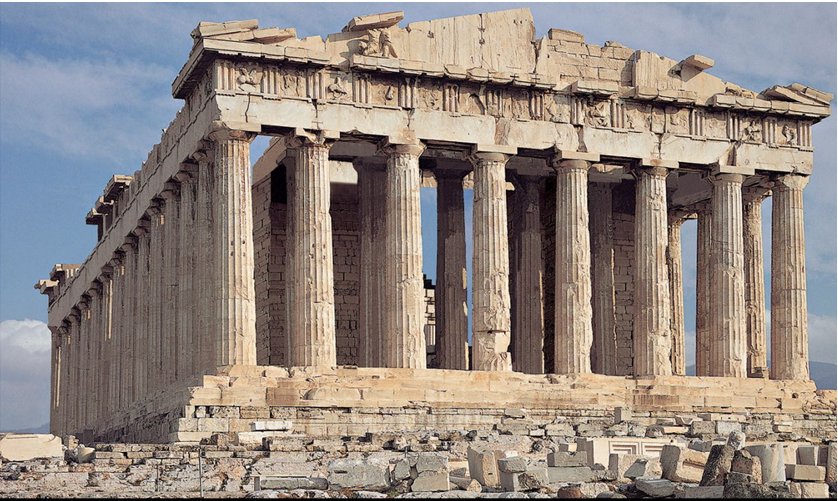
Date of Completion
432 BCE, one year before the Peloponnesian War broke out.
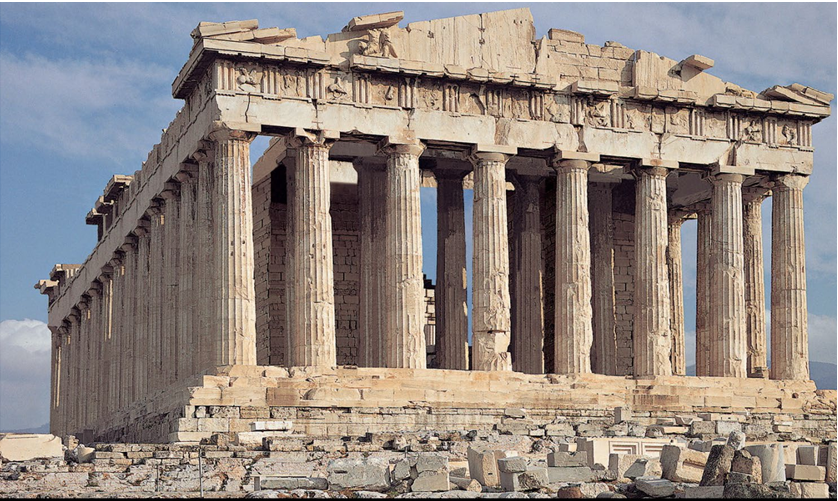
Architects
Ictinus and Callicrates.
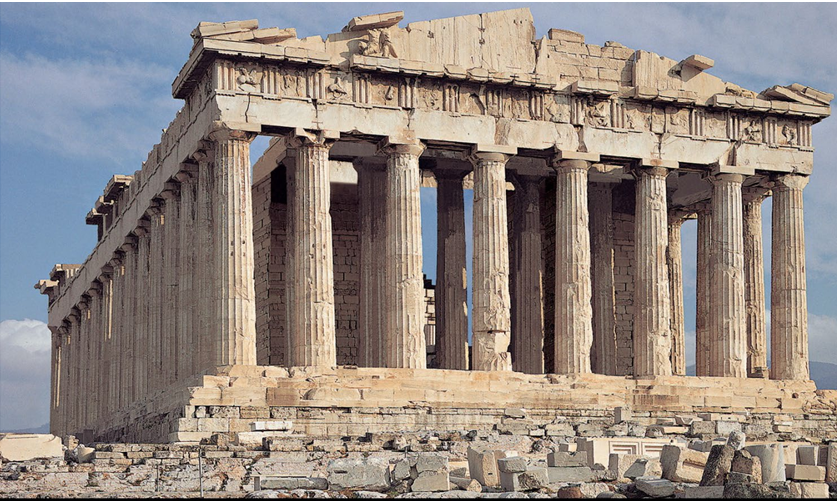
Artist (Sculptural Program)
Phidias.

Place of Production
Athens, at the site of the ruined Acropolis.
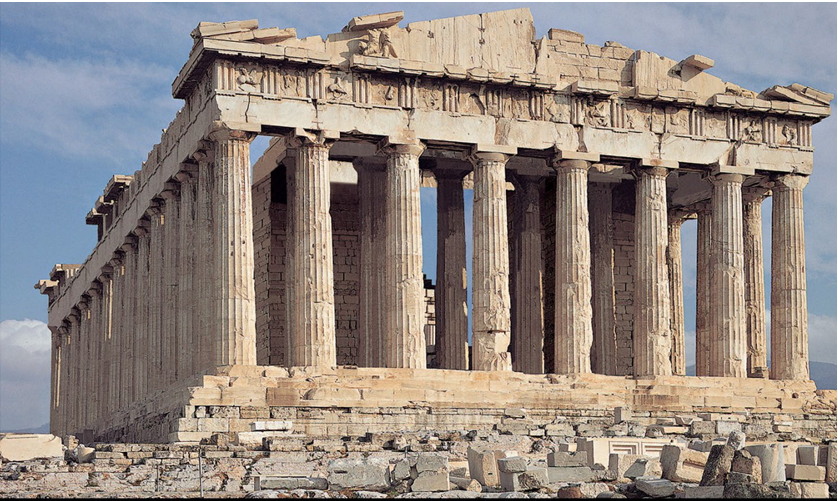
Style
Doric temple with some interior Ionic elements.
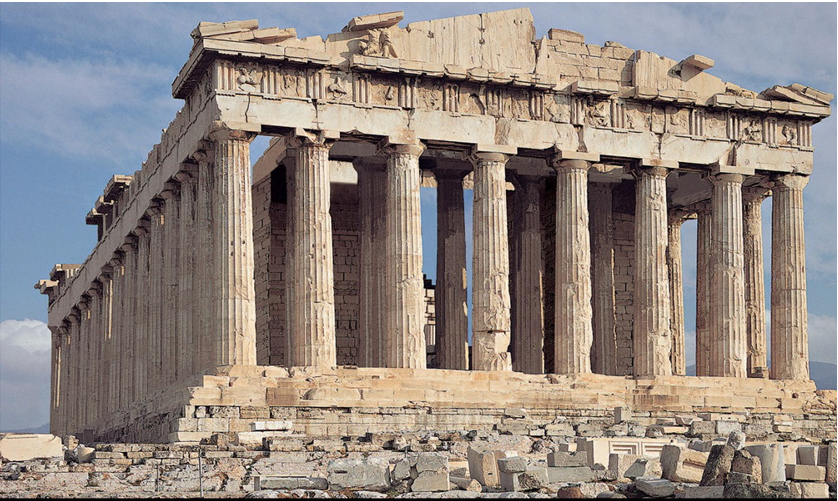
Patronage
Pericles, leader of Athens.

Function
Religious Monument — Houses the Athena Parthenos, dedicated to the worship of the goddess Athena
Civic treasury — Repository of the city’s wealth, akin to a bank.
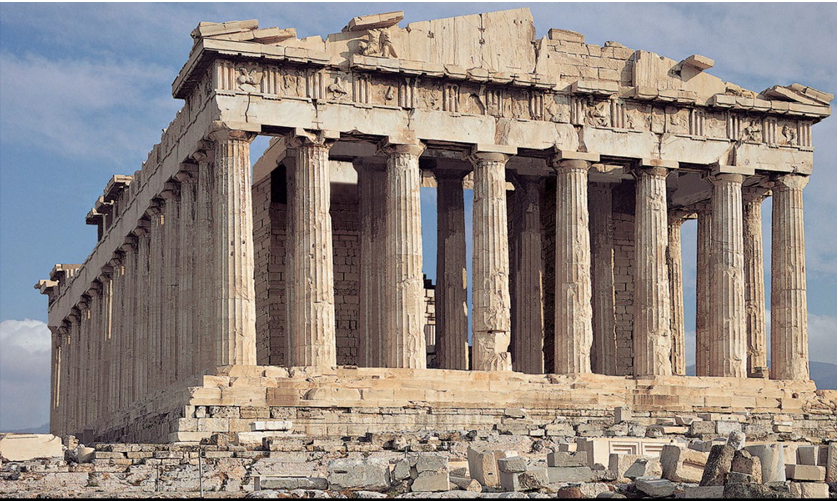
Meaning
Monument of civic pride for Athenians, sent a message of strength to Persians and foreigners who would visit Athens, communicated the glory of the goddess Athena and the purity and intellect of the Athenian ideal.

Relevant Historical Context
Built on the site of the Acropolis, which was sacked by the Persians
Incorporates both Doric and Ionic elements
Laid out in the cardinal direction — the front faces the east, or the rising sun
Numerology — uses consistent ratios that operate at many levels, to communicate that everything in the universe can be expressed through a harmonius ordered system
Columns lean inward, and bulge at the base (entasis), reminiscent of the human form